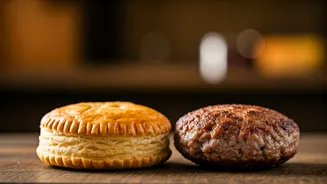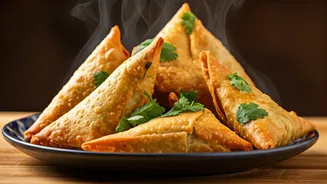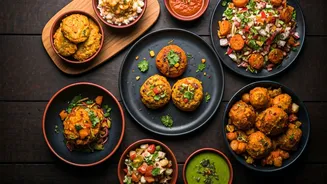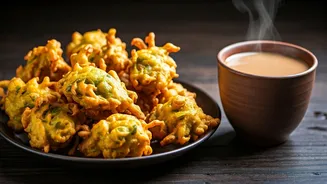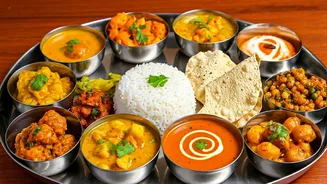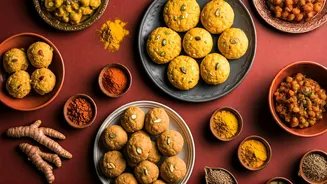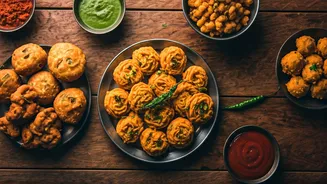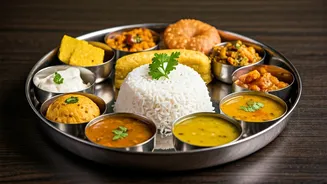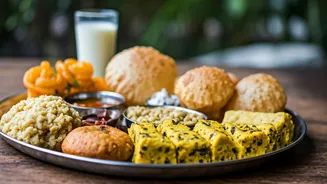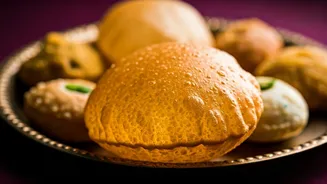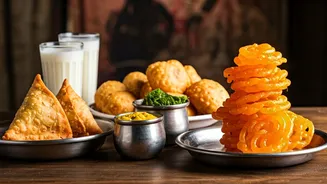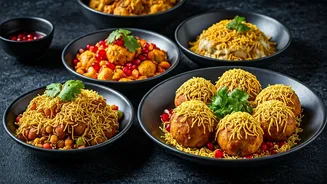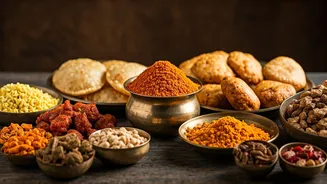Snack Nomenclature Explained
The terms 'patty' and 'puff' are frequently used as synonyms within India, mirroring the shared ingredients and cooking techniques employed. Both typically
contain a spiced filling encased within a flaky, buttery pastry. This often leads to ambiguity in everyday conversations and menus. Understanding this linguistic crossover is key to fully appreciating the variations in regional food preferences and local dialects. Whether one prefers the term 'patty' or 'puff,' the taste experience remains uniformly satisfying, offering a savory treat that resonates throughout the country. The discussion revolves around where and why one term is favored over the other, enriching our understanding of India's diverse food vocabulary.
Same Dish, Different Names
The main reason for the interchangeable usage of 'patty' and 'puff' is that they're basically the same thing. They often share similar ingredients, which include potatoes, vegetables, or sometimes even meat, all wrapped up in a delightful pastry shell. They are then baked or fried to a golden crisp. This shared identity causes the terms to be used differently from place to place. The regional variations in naming traditions reflect India's cultural and linguistic diversity. The dish's widespread popularity has naturally led to variations in vocabulary, with both terms coexisting and understood, albeit with potential differences in familiarity based on locality.
What About The Tikki?
If we're talking about food terminology, another interesting example is the 'tikki' found in a burger. This term usually describes a spiced, often potato-based patty that is a key component of an Indian-style burger. This is a good example of how food terms can change based on the item being spoken about. The 'tikki' serves as a great illustration of how the Indian food industry adopts and reinterprets international culinary elements. This adaptation allows for a unique blend of flavors and terminology that sets the Indian food apart from other cuisines.
